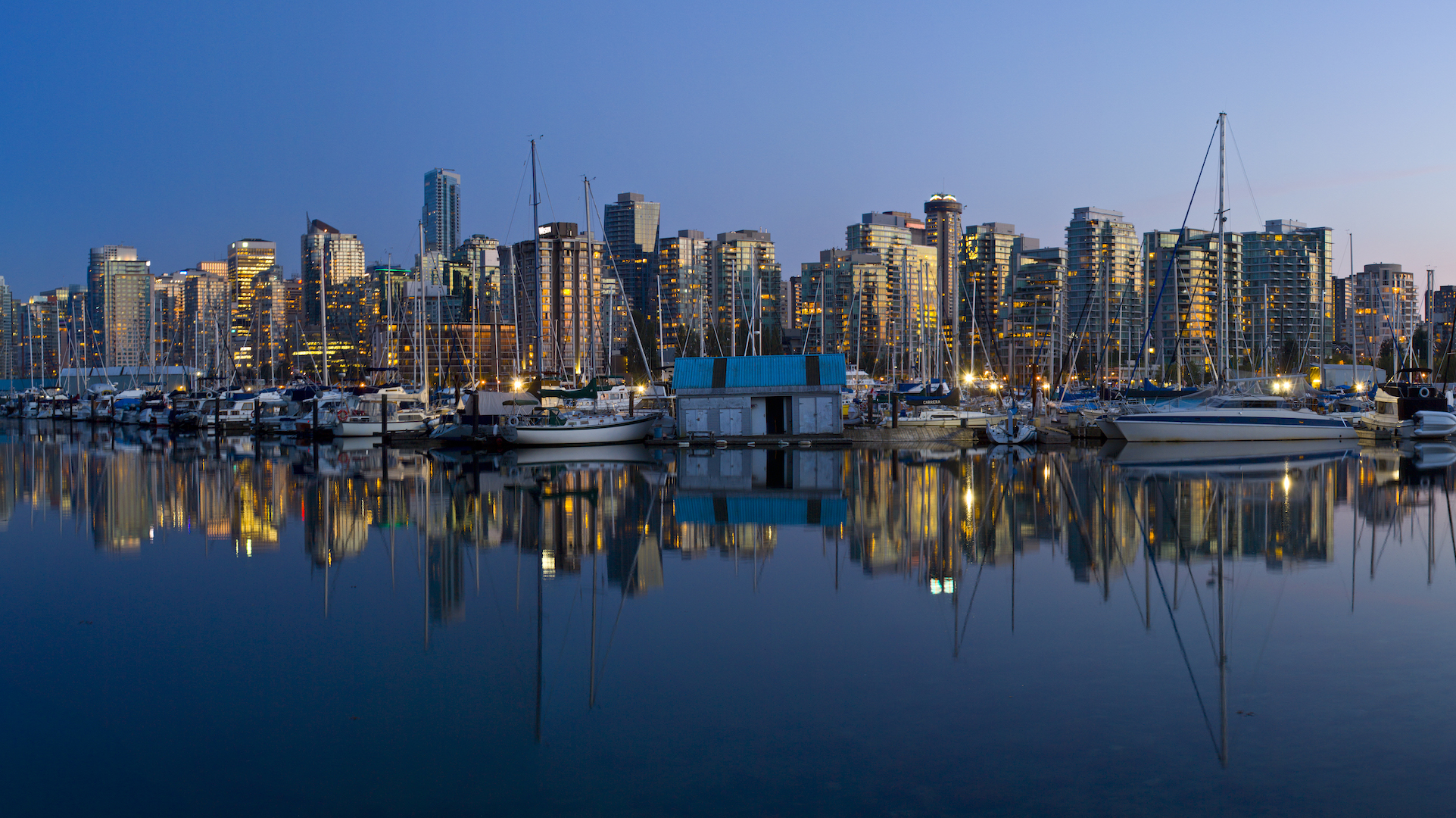

Vancouver, British Columbia, is on the verge of a tech boom. The Canadian metropolis now has nearly $2 billion of venture capital flowing in, facilitated largely by its proximity to Seattle. (Amazon expanded its Vancouver offices three years ago; Microsoft followed suit this summer.) But the 140 miles, and international crossing, that separates the two cities is quickly becoming a major inconvenience.
Hence the Cascadia Conference, a three-day expo on cross-border innovation in the Pacific Northwest, focused on opening a new “innovation corridor” between Seattle and Vancouver. The headline story: a formal agreement, backed by Bill Gates, and jointly signed by Washington State Governor Jay Inslee and B.C. Premier Christy Clark, committing both governments to collaborate more in future expansion. Meanwhile, Medrona Group has pitched a mobility solution for bridging the physical divide.
The Seattle-based tech investment firm’s proposal, which can read in its entirety here, outlines a long-term scheme. First, it allows autonomous cars into the existing HOV structure on I-5, the region’s major throughway, effective immediately. Additional lanes would then be constructed solely for self-driving vehicles. Eventually, all non-autonomous cars and trucks would be excluded from accessing I-5, save for “certain defined times” when congestion is lowest, namely overnight and during weekends. This could all be executed, with integration to serve the Tacoma and Portland areas, in ten to fifteen years, according to a blog post on Medrona’s website.

In committing to its plan, the company says the Cascadia Corridor would “dramatically seize a leadership position on autonomous vehicles.”
Development would be handled by the University of Washington’s new Mobility Innovation Center, working with a similar team at the University of British Columbia. Medrona also calls on policymakers to “provide subsidies through vouchers for low income groups […] to use autonomous vehicle services” and the creation of a “joint US-Canadian commission composed of private and public sector leaders.”
Medrona’s proposal is certainly ambitious but, considering Uber is already rolling out self-driving fleets in Pittsburgh, it’s hardly farfetched. Seattle and Vancouver are starving for a mobility solution; the alternatives, high-speed rail and/or seaplane, are more expensive and disruptive for commuters than phasing self-driving networks into existing I-5 infrastructure. And, should that come to pass, the draw of international cooperation (think: streamlined legislation, larger combined incentives) could attract OEMs, making the Pacific Northwest a premier hub for autonomous tech development.
But, according to Microsoft chief legal officer Brad Smith, the Cascadia Corridor’s viability could hinge on something larger than transportation: The potential of a Donald Trump presidency, and the draconian immigration reform that entails.